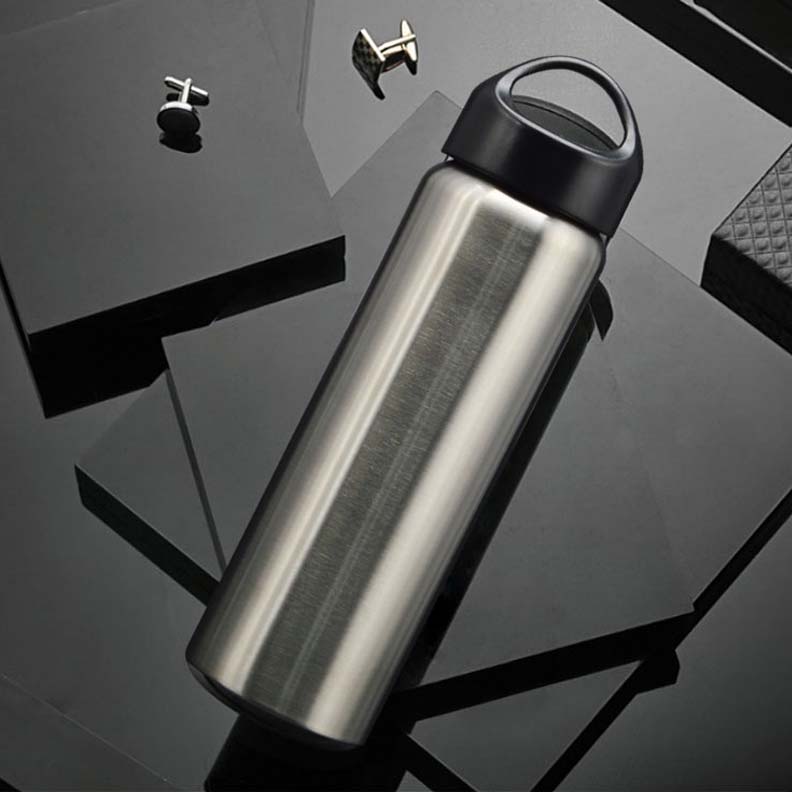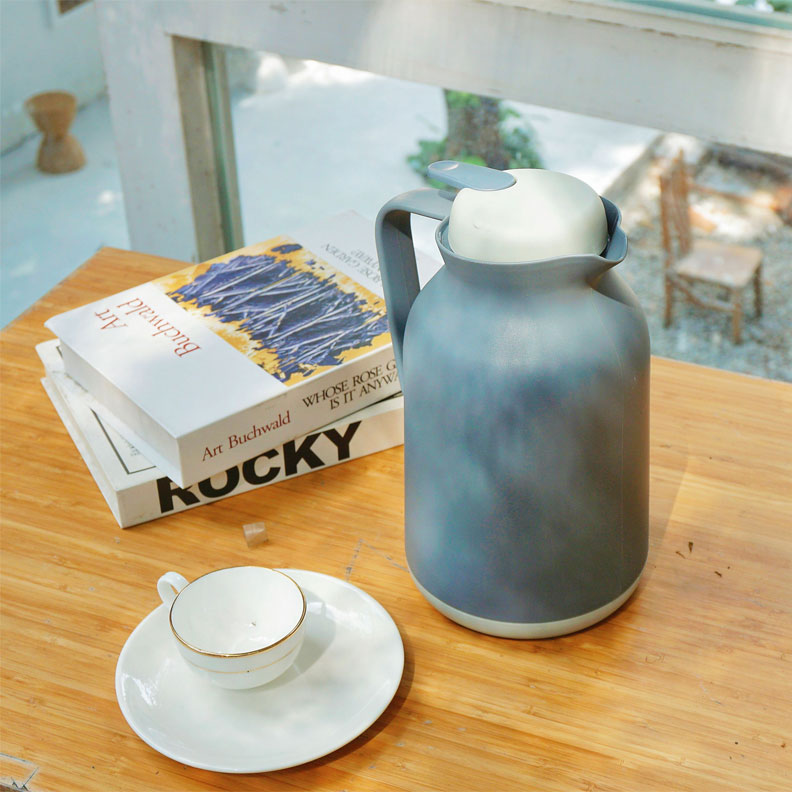WHAT ARE YOU LOOKING FOR?


The inner tank of the thermos flask is plated with silver to keep warm, and the heat radiation inside the thermos flask is reflected back to the inside of the thermos flask through mirror reflection, so that there will be no external heat radiation.
The thermos flask is also called a thermos flask, and it is a daily necessities that everyone is familiar with. The bottle liner is the core of the thermos flask, and its basic features are: big belly and small mouth, cork seal; airtight double-layer vacuumized inner and outer liner structure; both inner and outer liner surfaces are treated with silver plating; there is a pointed tailpipe at the bottom of the outer liner.
Above-mentioned structural characteristic is the key place that thermos flask can keep warm, and both are indispensable.

The thermos should be kept warm, in fact, it is necessary to block the transfer of heat as much as possible. There are three basic ways of heat transfer: conduction, convection and radiation.
1. Conduction refers to the process of transferring heat from a high-temperature object to a contacting low-temperature object, or transferring heat from a high-temperature part of an object to a low-temperature part. When shaking hands with another person, you can feel that the other person's hand is cold or warm. In fact, heat conduction is taking place between the two at this time.
2. Convection refers to the heat transfer process caused by the relative motion between the fluid and the solid surface. When you are sweating profusely, blowing the wind will feel cool and pleasant, which is a common thermal convection phenomenon. Factors such as the nature of the fluid, its velocity, and the temperature difference between it and the solid all affect the convective velocity.
3. Radiation refers to the process in which an object radiates heat outward in the form of electromagnetic waves. Any object with a temperature higher than absolute zero (ie -273.15°C) will radiate heat outward, and at the same time absorb the heat radiated by other objects; radiation heat transfer The speed and amount of the amount depends on the total effect of the mutual radiation and absorption process between the object and the environment.
If an object can absorb all the heat rays projected on its surface, the object is called a black body; if the object can reflect all the heat rays projected on its surface, the object is called a white body; in fact, all objects are between black body and white body, called gray body.
Therefore, the special structure of the inner liner of the thermos flask hinders the heat loss of the hot water in the bottle from all aspects.
First of all, in order to reduce the heat loss caused by convection, the thermos flask is sealed with a cork, which cuts off the air inside and outside the bottle and blocks heat convection between them.
Secondly, the bottle liner adopts a closed double-layer vacuum, which significantly reduces heat conduction loss. The tailpipe is the air outlet when vacuuming. If it breaks, the compartment will be filled with air, and the thermos will not keep warm.
Thirdly, the surface of the bottle is silver-plated to make it closer to the white body, effectively reducing the amount of heat radiation between the inner and outer surfaces of the bottle and the environment.